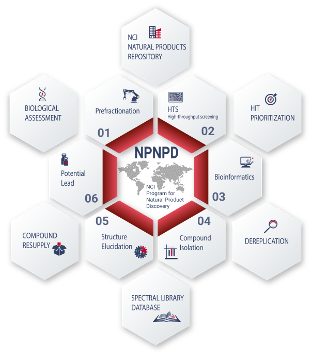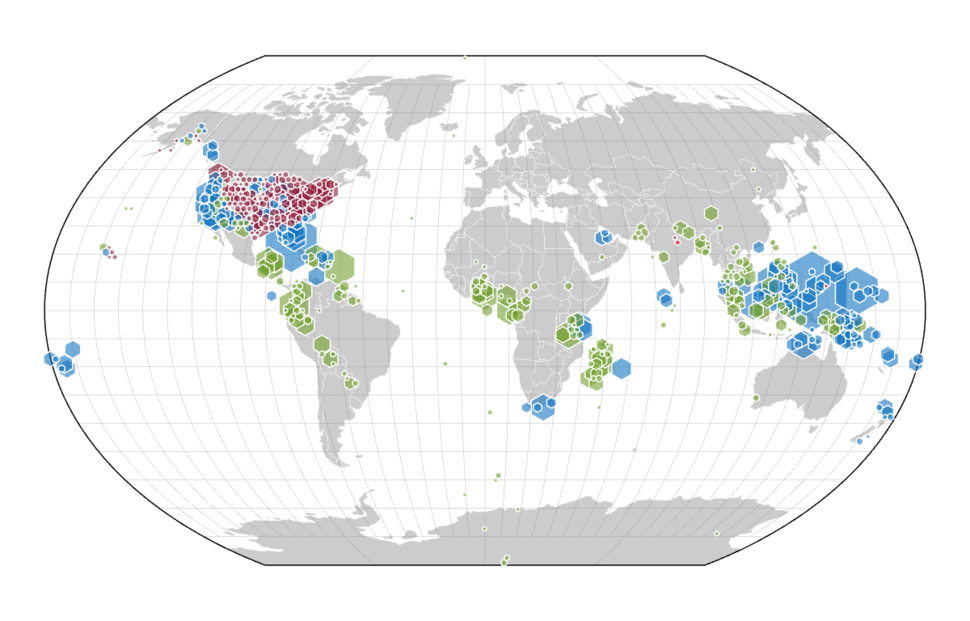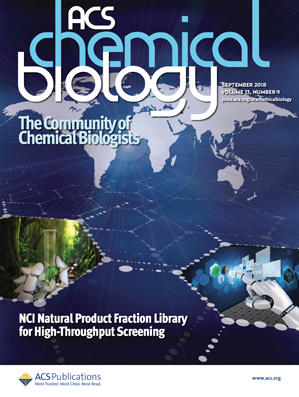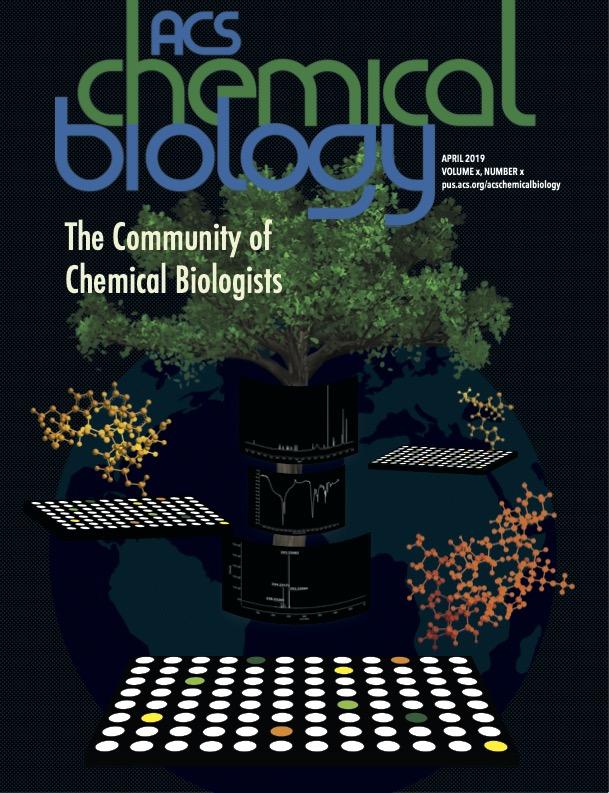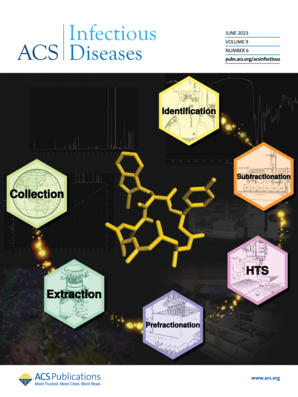Collections
Since 1986, the Developmental Therapeutics Program (DTP) has empowered the NPB to acquire plants and marine organisms through collection contracts encompassing over 25 tropical and subtropical countries worldwide.
Legend:
- 80k plant samples (green)
- 5K unique genera
- 25K marine invertebrates and algae (blue)
- 4K unique genera
- 25K microbial samples (brownish)
- 1K unique genera
Publications
NCI Program for Natural Product Discovery: A Publicly-Accessible Library of Natural Product Fractions for High-Throughput Screening
Abstract Summary
The US National Cancer Institute’s (NCI) Natural Product Repository is one of the world’s largest, most diverse collections of natural products containing over 230,000 unique extracts derived from plant, marine, and microbial organisms that have been collected from biodiverse regions throughout the world.
Importantly, this national resource is available to the research community for the screening of extracts and the isolation of bioactive natural products.
However, despite the success of natural products in drug discovery, there has been reduced enthusiasm for the high-throughput screening (HTS) of crude natural product extract libraries in targeted assay systems. These problems include compatibility issues that make extracts challenging for liquid handling systems, extended timelines that complicate natural product-based drug discovery efforts, and the presence of pan-assay interfering compounds. Read more >
National Cancer Institute (NCI) Program for Natural Products Discovery: Rapid Isolation and Identification of Biologically Active Natural Products from the NCI Prefractionated Library
Abstract Summary
An automated, high-capacity, and high-throughput procedure for the rapid isolation and identification of biologically active natural products from a prefractionated library is presented. The semipreparative HPLC method uses 1 mg of the primary hit fraction and produces 22 subfractions in an assay-ready format. Following screening, all active fractions are analyzed by NMR, LCMS, and FTIR, and the active principle structural classes are elucidated.
In the proof-of-concept study, we show the processes involved in generating the subfractions, the throughput of the structural elucidation work, as well as the ability to rapidly isolate and identify new and biologically active natural products. Overall, the rapid second-stage purification conserves extract mass, requires much less chemist time, and introduces knowledge of structure early in the isolation workflow. Read more >
Screen for New Antimicrobial Natural Products from the NCI Program for Natural Product Discovery Prefractionated Extract Library
Abstract Summary
The continuing emergence of antibiotic-resistant microbes highlights the need for the identification of new chemotypes with antimicrobial activity. One of the most prolific sources of antimicrobial molecules has been the systematic screening of natural product samples. The National Institute of Allergy and Infectious Diseases and the National Cancer Institute here report a large screen of 326,656 partially purified natural product fractions against a panel of four microbial pathogens, resulting in the identification of >3000 fractions with antifungal and/or antibacterial activity.
A small sample of these active fractions was further purified and the chemical structures responsible for the antimicrobial activity were elucidated. The proof-of-concept study identified many different chemotypes, several of which have not previously been reported to have antimicrobial activity. The results show that there remain many unidentified antibiotic compounds from nature. Read more >
